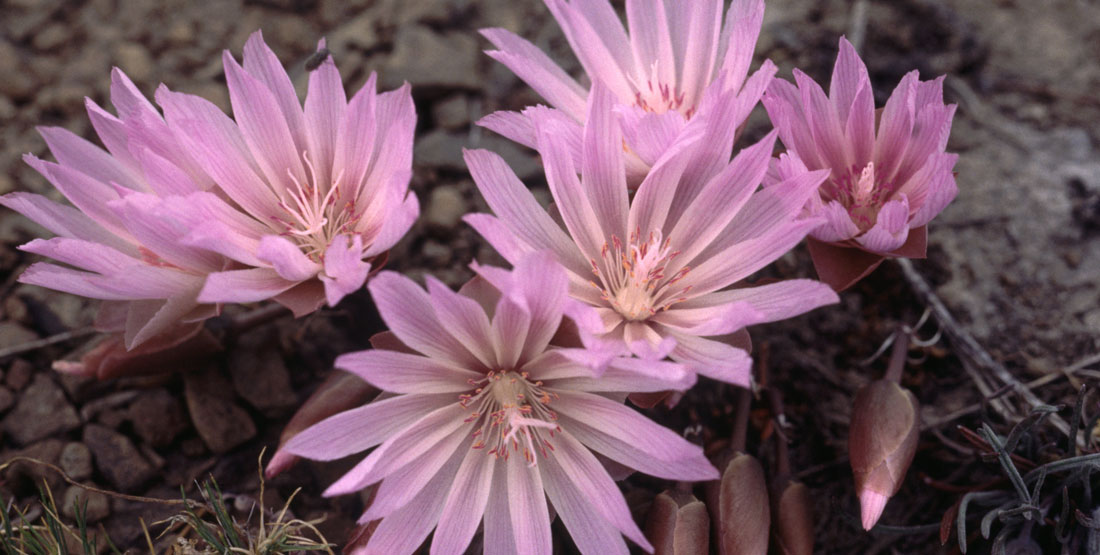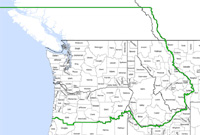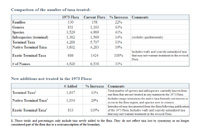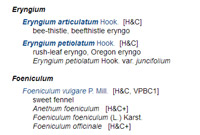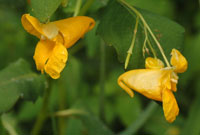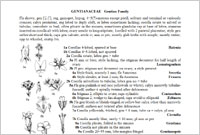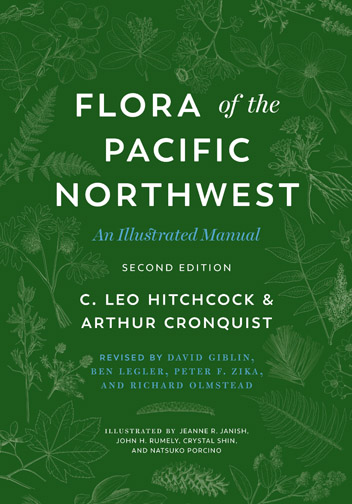
The University of Washington Herbarium at the Burke Museum has completed a Second Edition of the Flora of the Pacific Northwest, based on the original manual published in 1973 by C. Leo Hitchcock and Arthur Cronquist. The Second Edition is available from the University of Washington Press and resellers.
The original, 730-page, single volume book was designed by the authors to be a portable plant identification manual for professional and amateur botanists. Even today it remains a singular piece of scholarship and a model for how to produce a flora. The Second Edition has been fully updated to include all native and naturalized taxa presently known from the region, with up-to-date nomenclature and classifications, while maintaining the original's familiar layout, styles, and use of illustrated keys.
Neither a region’s flora nor the science of vascular plant taxonomy is static in their nature. In the 40 years since publication of First Edition of the Flora of the Pacific Northwest significant changes have occurred to the region’s flora (e.g., discovery of new species, arrival of additional non-native species) and to the classification and naming of the taxa covered in that volume. Notable changes between the two editions include:
- 25% net increase in the number of species and infraspecies treated;
- 38% net increase in the number of genera treated;
- 23% net increase in the number of families treated;
- 42% of species and infraspecies treated in the First Edition have seen nomenclatural or taxonomic changes.
